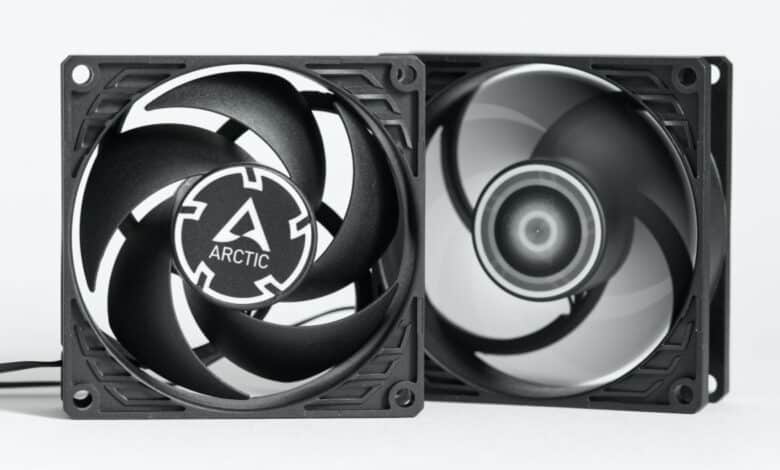
Hardly any other fan manufacturer offers such an extensive range of fans as Arctic does. From 40 mm to 140 mm, you can find the most common fan sizes in the PC sector. Even though 120 mm fans in particular have established themselves these days, smaller fans are still quite relevant in some small form factor cases or when older cases are reused. And it’s good to see that a development is still taking place here as well. Where we reviewed the Arctic P12 Max not too long ago, the small 80mm brother Arctic P8 Max now follows as the brand’s new top performer. We’ll see how it does in practice in this Arctic P8 Max review!
Specifications
| Size | 80 x 80 x 25 mm |
| Speed | 500 – 5000 RPM |
| Max. airflow | 67.96 m³/h |
| Max. static pressure | 5.3 mm H2O |
| Cable length | 40 cm |
| Bearing | Double ball bearing |
| Max. power consumption | 2.3 W |
| Weight | 84 g |
| Guarantee | 6 years |
| Price | € 8.99 * |

Packaging and scope of delivery
- Small, unpadded package
- Tightly packaged fan
- Only accessories included are fan screws
The packaging of the Arctic P8 Max is typical for Arctic. Inside the compact blue box you will find the unpadded fan. This package is quite difficult to open non-destructively. I would have had to rip open the box without any tools, and the fan sits rather tightly as well. But in the end, this box isn’t exactly something you need to pick up for long either. Aside from the fan, only the obligatory case fan screws are found in the box. That may not be a lot of accessories, but at this price, realistically speaking, that’s all you can expect.
Design and finish
- Unobtrusive black design
- Tidy but simple finish
- Black, thin cable
Where the design of the Arctic P12 Max is noticeably different from the regular P12, the Arctic P8 Max doesn’t look noticeably different from other P8 models. For example, the tips of the family’s five fan blades are not connected, as is the case with the P12 Max.

The case is black and quite simple. The corners of the Arctic P8 Max come without rubberized support surfaces. In relation to the fan blades, the motor is quite large, but this is common for smaller fans.
At 40 cm long, the cable is sufficient for most applications. In addition, the Arctic P8 Max’s cable is thin and black, making it easy and unobtrusive to install.

The fan blades of the Arctic P8 Max are shown in the test to be sturdy and made of a high-quality plastic, but the distance to the frame is not quite small.
Test procedure
- Comparison against other fans
- Results given as difference to room temperature
The test of the Arctic P8 Max is done on an air cooler to see how it performs. In comparison, we find a Fractal Design Silent Series R3 80 mm, which is limited by the low speed of 1600 RPM. Also tested is the AVC DASH0925R2H round frame fan on the air cooler. This fan name is a bit unwieldy, but this is the 92mm fan with the hole spacing of an 80mm fan that sits on the AMD Wraith Stealth from the factory.
The temperatures are measured as a difference to the room temperature so that it can’t directly influence the measurement results. So, if the result is given as 40 Kelvin, it means a processor temperature of 65°C at a room temperature of 25°C. However: Smaller numbers are better.
In the test on the air cooler, Cinebench R23 on the AMD Ryzen 5 3600X is used as the load to heat up the processor at around 70W.
Performance comparison
Relatively many top-down coolers, like AMD’s stock Wraith Spire cooler, rely on a 92mm fan with the hole spacing of an 80mm fan. This makes it possible to swap the original fan for the Arctic P8 Max. Accordingly, I also use this one for the test. At first glance, the Arctic fan is at a disadvantage due to its smaller size, but is that really the case? First of all, a volume test.
At full power, I measured a volume of 46.2 dB(A) with the Arctic P8 Max. Thereby, 4600 RPM are reached with the resistor of the cooler. Reduced to 3300 RPM, which is the maximum of the AVC DASH0925R2H that comes from the factory as on the AMD cooler, it is still 37.8 dB(A). At 2400 RPM, only a quiet rattling of the motor is perceptible and with 31 dB(A), the fan is already only just away from the case fans. As a final step, I select 1600 RPM, which corresponds to the maximum speed of the Fractal Design Silent Series R3 80 mm. The Arctic P8 Max is virtually imperceptible here.
The AVC fan on the AMD cooler was never really known for being quiet. At 3300 RPM, it reaches 44.5 dB(A), which is minimally quieter than the Arctic P8 Max at 4600 RPM. At 2400 RPM, the AVC fan is still at 39.3 dB(A) and at 1600 RPM, it is still noticeably louder than the Arctic P8 Max at 2400 RPM at 33 dB(A).
The Fractal Design Silent Series R3 80 mm is not as quiet as the name sounds. Sure – its low maximum speed makes it anything but loud, but a constant fan rattle makes it about as noticeable at its 1600 RPM as the Arctic P8 Max is at 2400 RPM.
| RPM in RPM. |
Arctic P8 Max | AVC AMD fan 92 mm | Fractal R3 80 mm |
| 4600 | 54.1 | – | – |
| 3300 | 56.3 | 55.1 | – |
| 2400 | 59.6* | 55.5 | – |
| 1600 | 64.4* | 58.6* | 61.5* |
*Performance loss due to boost clock reduction.
Analysis of test results
- Other fans are more powerful at comparable speed
- Arctic P8 Max is very quiet, however, and can spin faster and get stronger here
Of course, if you take a look at the uniform speed, the 92mm cooler performs a bit better than the smaller Arctic P8 Max at the same speed. But the Arctic fan has a strong advantage in volume, more than making up for the performance disadvantage due to the higher possible RPM.

The Fractal Design Silent Series R3 80 mm offers decent performance for the selected speed, but the motor noise is significantly louder, so the practical advantage is also negligible. You can simply run the Arctic P8 Max much faster. This is where the kinship with other Arctic P models, which show similar characteristics, becomes apparent.
In contrast to the Arctic P12 Max, there were actually no problems with PWM signals on the ASUS mainboard used with the P8 Max.
Performance as a case fan
- Smaller, shallower or older cases can use 80mm fans
- High speed allows use in warm environments
Whether you use small form factor (SFF) cases, older cases, or 19″ rack cases (server cases), 80mm fans are still relevant. While they’re not as mainstream as they were 15 years ago, you’ll still run into them.
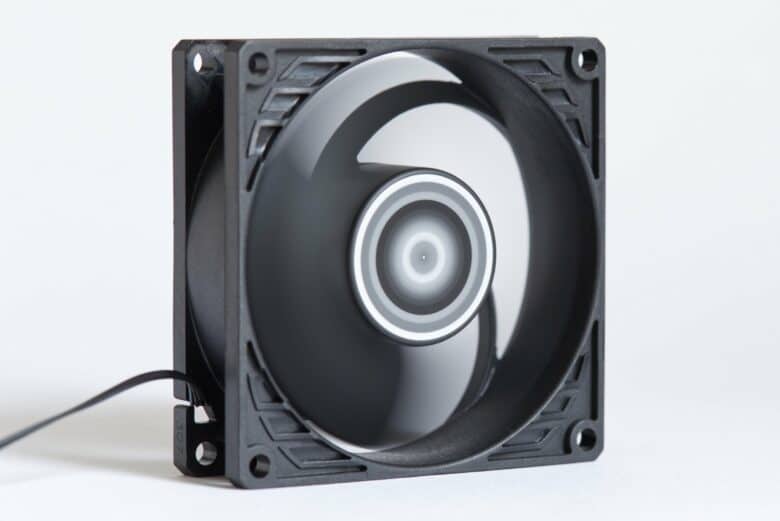
In this case, the Arctic P8 Max are also good for server use in warmer environments, as the high speed can still move a lot of heat out of the case. In short, the results are in line with the air cooler test.
Conclusion
The Arctic P8 Max is, in the first instance, a cheap 80mm fan that looks suitably simple. But despite the simple design, the build quality is solid and the high speed range means you can use it very flexibly. Sure – when it’s used at full power, it gets quite loud and you don’t necessarily want to hear that in everyday life when you’re sitting next to it. So if you have the computer next to you, an Arctic P8 PWM PST with a maximum of 3000 RPM should be a choice that doesn’t run the risk of the fan revving up extremely if you don’t want to use the highest performance and volume ranges anyway. That being said, the Actic P8 Max is simply good for use on an air cooler or in a server enclosure that is in a separate room and thus not really relevant to noise. Here, however, the P8 Max are also not loud enough to scream through the door like some other 80mm fans would at that speed.
Thus, the Arctic P8 Max are not necessarily fans for everyone, but definitely very flexible fans that you should definitely consider when looking for 80mm fans.
Arctic P8 Max
Workmanship
Performance
Noise level
Features
Value for money
87/100
The Arctic P8 Max are simple, but very fast 80 mm fans whose speed range not everyone needs, but which definitely offer a great performance range without being too loud.






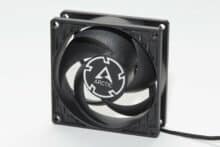





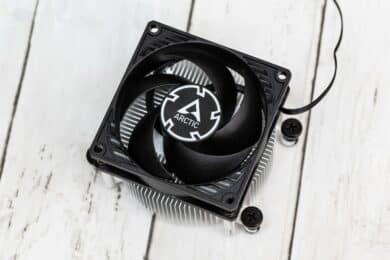


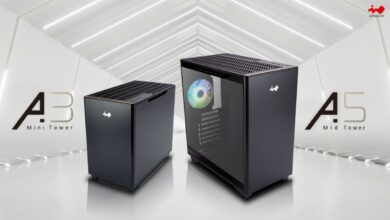
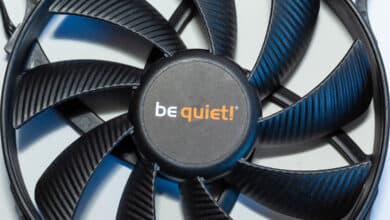


No replies yet
Neue Antworten laden...
Gehört zum Inventar
Beteilige dich an der Diskussion in der Basic Tutorials Community →